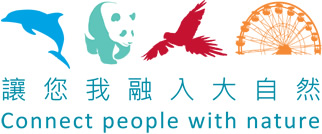Animals in Ocean Park are provided with sufficient nutritious food and an appropriate environment to maintain their physiological needs. These include growth and seasonal variations in weight consistent with animal health and psychological states, and opportunities for social engagement and fostering natural abilities. Veterinarians and husbandry staff collaborate with experts to design and implement the most suitable diets to cater for different animal demands. They develop diet and nutrition programmes that include ongoing monitoring and diet adjustments for individual animal care. Husbandry staff observe the behaviour of animals throughout the day and conduct regular body checks and routine examinations, monitoring such things as body temperature, weight, blood pressure and blood values. Laboratory specialists analyse samples such as food, water, and urine.

当園の楽しみ方
- 季節のイベント
- Ocean Park’s New Member Naming Challenge
- 全種類
- クリスマスセンセーションHOHOHO 2023
- Two New Attractions in The Summit
- New Journey! Explore the Nature Playground: An 8-hour Adventure
- Seasonal Adventure Series - Winter 2023
- Seasonal Adventure Series - Autumn 2023
- Ocean Park X Baby Shark
- Island South Discovery
- 海洋公園マルチメディアショー
- アトラクション
- 食事 & ショッピング
- スケジュール & マップ
- 動物たちと触れ合い
- 楽しく学ぶ

Annual Membership
- Hong Kong Ocean Park Annual Membership
- Member Offers
- Current Members
- Ticket Conversion































